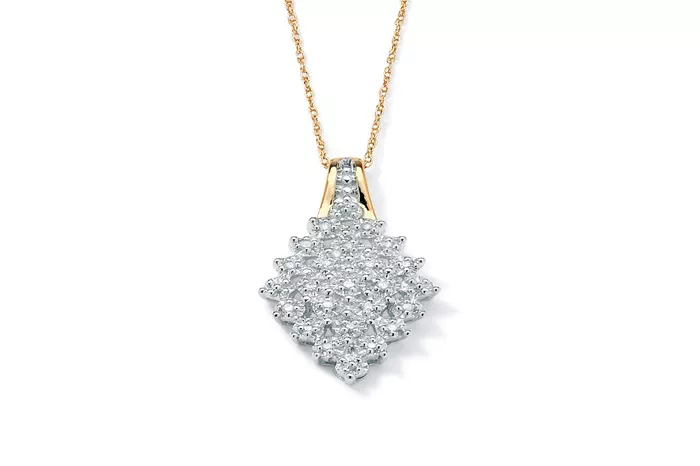For decades, natural diamonds have been the cornerstone of the jewelry industry, symbolizing luxury, romance, and enduring value. However, recent data reveals a seismic shift in consumer behavior, with lab-grown diamonds now outselling their mined counterparts for the first time in history. According to a report by the International Grown Diamond Association (IGDA), sales of lab-grown diamonds surged by 42% in the past year, while natural diamond sales declined by 16%. This milestone marks a turning point in the industry, driven by changing consumer attitudes, technological advancements, and economic factors.
One of the primary reasons behind this shift is the significant price difference between lab-grown and natural diamonds. Lab-grown diamonds, which are chemically and optically identical to mined diamonds, typically cost 30-40% less. This affordability has made them increasingly attractive to younger consumers, particularly Millennials and Gen Z, who prioritize value and ethical considerations. Additionally, advancements in production technology have improved the quality and size of lab-grown diamonds, making them virtually indistinguishable from natural stones to the naked eye.
Ethical concerns have also played a crucial role in the growing popularity of lab-grown diamonds. Traditional diamond mining has long been associated with environmental degradation, human rights abuses, and conflict financing. In contrast, lab-grown diamonds are marketed as a more sustainable and humane alternative, free from the ethical dilemmas tied to mining. Many consumers, especially those in Western markets, are willing to pay a premium for jewelry that aligns with their values, further fueling demand for lab-grown options.
The jewelry industry has responded swiftly to this trend. Major retailers, including Signet Jewelers (owner of Kay Jewelers and Zales) and Brilliant Earth, have expanded their lab-grown diamond collections. Even luxury brands like De Beers, which once vehemently opposed lab-grown diamonds, have entered the market with their Lightbox line. This shift has forced traditional diamond miners to rethink their strategies, with some investing in lab-grown production to stay competitive.
However, the rise of lab-grown diamonds has not been without controversy. Critics argue that the rapid growth of the lab-grown market could devalue diamonds as a whole, undermining the perception of exclusivity that has long driven the industry. There are also concerns about the environmental impact of lab-grown diamond production, which requires significant energy consumption. Despite these challenges, industry analysts predict that lab-grown diamonds will continue to gain market share, potentially accounting for over 50% of diamond sales within the next decade.
You Might Be Interested In:

